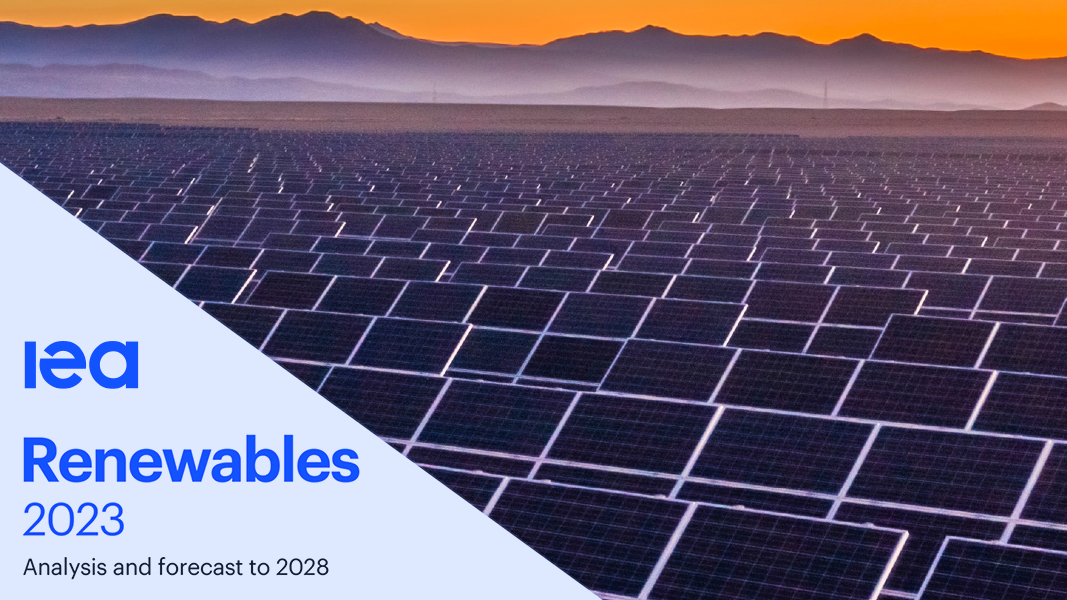Top: Image courtesy the International Energy Agency
The International Energy Agency (IEA) released Renewables 2023, the agency’s primary analysis on the sector, forecasting the deployment of renewable energy technologies in electricity, transport and heat to 2028 while also exploring key challenges and identifying barriers to faster growth. For the first time, biogas and biomethane (renewable natural gas or RNG) are included. Factors for the inclusion, explains IEA, are energy security concerns caused by Russia’s invasion of Ukraine leading to biogas being regarded as a domestic energy source that can reduce dependency on natural gas imports; and the urgent need to limit global temperature rise to 1.5°C that has led countries to begin viewing biogas as a ready-to-use technology to help accelerate decarbonization in the short term. Countries are developing specific policies that include biogas as a key component in their energy transition strategies. Market conditions are stimulating biogas use as well, notes Renewables 2023. While combined heat and power units generally run on biogas, other gas demand markets (e.g. gas utilities, and the industry and transport sectors) will require use of biomethane. Combined global biogas and biomethane production reached more than 1.6 exajoules (1 EJ = 947.8 trillion Btus) in 2022 — a 17% increase from 2017. Almost half of the production is based in Europe, with Germany alone meeting almost 20% of global consumption. Another 21% is produced in China, followed by the United States (12%) and India (9%). Global biogas production growth is expected to accelerate over 2023-2028. In the U.S., biogas and RNG supplies combined are expected to expand 2.1-fold in the next five years.













